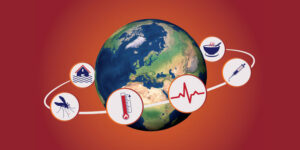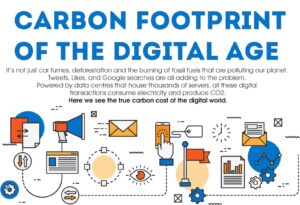As our world becomes more advanced and our population expands, more and more of our planet’s species become prone to extinction. Past major extinctions have been known to be caused by repeated continental drift, geographical catastrophes, and even meteors, but as humans take up more and more of Earth’s biomass, habitat loss, overconsumption, introduced species, and other causes are affecting populations of species worldwide.
Furthermore, recently, climate change has been identified as a contributor to the threat of extinction. Scientists hypothesize the sixth mass extinction, dubbed the Holocene Extinction (for the current Holocene epoch), is underway and climate change will soon be one of the main sources of its proliferation.
History of Extinction in the Holocene Epoch
The Holocene Epoch of the Quaternary Period of the Cenozoic Era can be stated simply as the last 11,784 years. At the beginning of this epoch, agriculture became more commonly practiced, which led to a large increase in the human population. As humans began to take up more and more space, certain species were displaced from their natural habitats, causing population declines.
However, this was only the beginning of the negative impact humans would have on plant and animal life. Early humans started domesticating wild animals for their own benefit. That, in addition to habitat loss and hunting, depleted wild populations as the domesticated ones flourished. Humans then spread to oceanic islands and caused the extinction of about 3,000 bird species.
In the early stages of the Holocene epoch, mass extinction took place in Madagascar, New Zealand, Tasmania, and Continental Northern America, where many common species such as the passenger pigeon, Carolina Parakeet, and the ivory-billed woodpecker. Nonetheless, the sixth mass extinction did not truly begin until the 20th century.
The Start of the Sixth Mass Extinction
As the population boomed at the beginning of the 20th century, more supplies and homes were needed, resulting in more habitat loss, hunting, and, evidently, the population decline of many species.
Despite the fact that efforts are being made to prevent certain species from going extinct, “environmental changes are happening faster than organisms can evolve to adapt to them,” as claimed by the University of Maryland’s Department of Geology. Invasion of alien species, ocean acidification, deforestation, and eutrophication (pollution runoff causing massive algae blooms), all pose possible threats to the biodiversity of this planet, and if not handled properly, could lead to detrimental effects on the ecosystem, economy, and society of the world we live in.
Reference:
https://www.geol.umd.edu/~tholtz/G204/lectures/204holocene.html
Featured image: https://www.swedishnomad.com/most-populated-cities-in-the-world/


